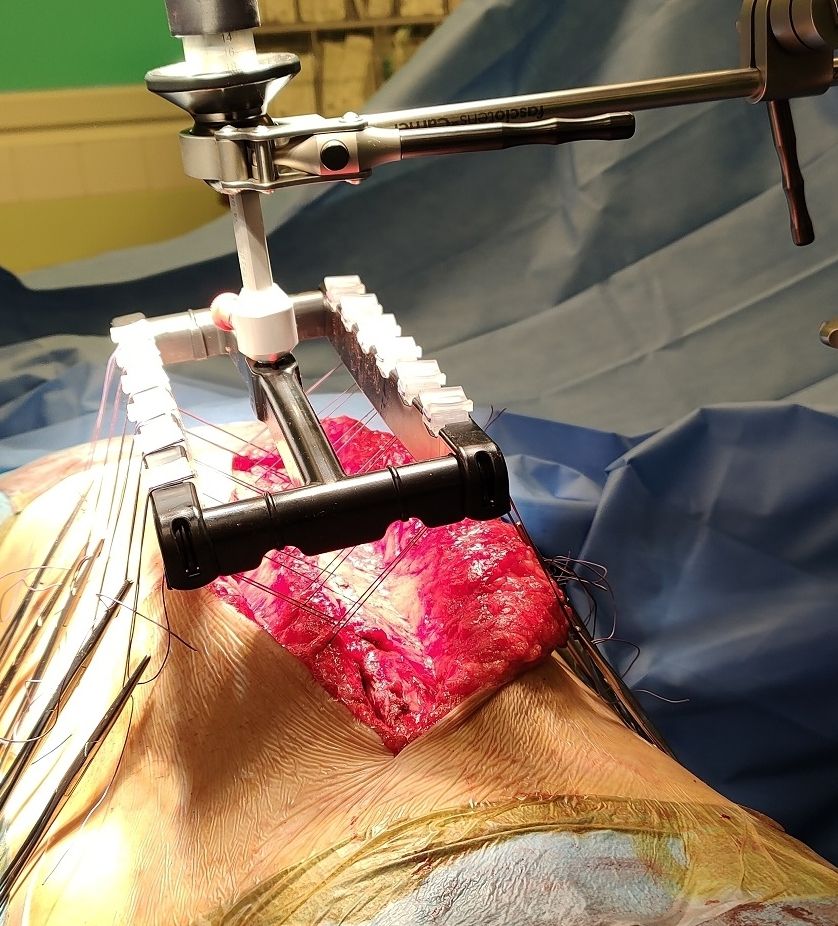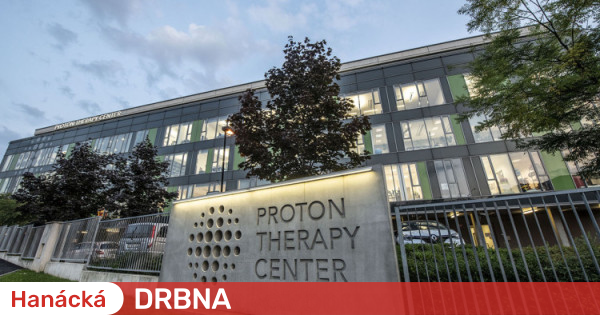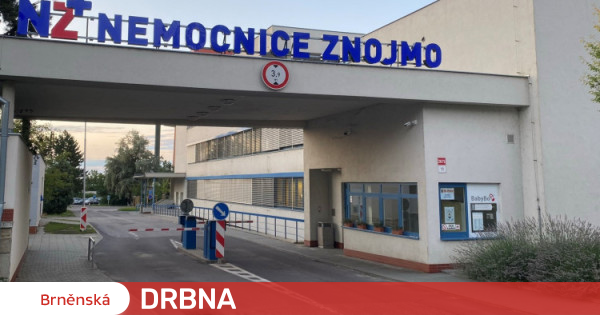A hernia, or hernia, is a condition where tissue or organs are pushed out of their natural location through a weakened area, such as a loose abdominal wall or groin. Curving the body can injure the patient, especially during activity, and pose a serious risk of developing acute complications. Therefore, solving the problem should not be delayed.
FNUSA's first surgical clinic and the MU School of Medicine have many years of experience in hernia removal surgery, this operation is one of the most common procedures performed in the workplace. External umbilical, inguinal and ventral hernias are most often operated on in the midline area of the anterior abdominal wall above and below the navel. Individual surgeons also treat recurrent hernias, especially in scar areas after more extensive operations in collaboration with the Plastic and Aesthetic Surgery Clinic.
Hernias are operated on in the clinic classically open and laparoscopically, and for the second year also using modern E-MILOS technology. It is used for invasive removal of large central hernias.
Hernia – a very common problem that can recur
Health
“During the procedure, we insert a mesh into the patient's body, which strengthens the weakened abdominal wall. At the same time, this method makes it possible to correct diastasis, that is, separation of the rectus abdominis muscle, which occurs, for example, after childbirth or in men in old age,” explains surgeon Vadim Prudius.

Photo: FNUSA Archives
A detailed overview of hernia surgery using the latest Fasciotens method, where the abdominal wall is pulled through the wound during the procedure.
This new system makes it possible to operate on large hernias
Another modern method available to the doctors of the I. surgical clinic is the Fasciotens method. A system developed in Germany allows surgery for large central hernias without changing the anatomy of the abdominal wall. “We used Fasciotens for defects larger than twenty centimeters and the first results were very good, the patients recovered very quickly,” comments Prudius.
This system works on the principle of continuous traction on the edges of the abdominal wall during surgery, which then allows the surgeon to reconstruct and close the abdominal wall without tension even in extensive and difficult to treat cases. disabled.
Robots replace doctors' hands. He can handle mini-invasive procedures more gently and without major scars
Health

25 years ago, Parkinson's disease was operated on for the first time in the Czech Republic. Brain surgery brings Blanka back to life
Health


“Certified bacon geek. Evil social media fanatic. Music practitioner. Communicator.”







